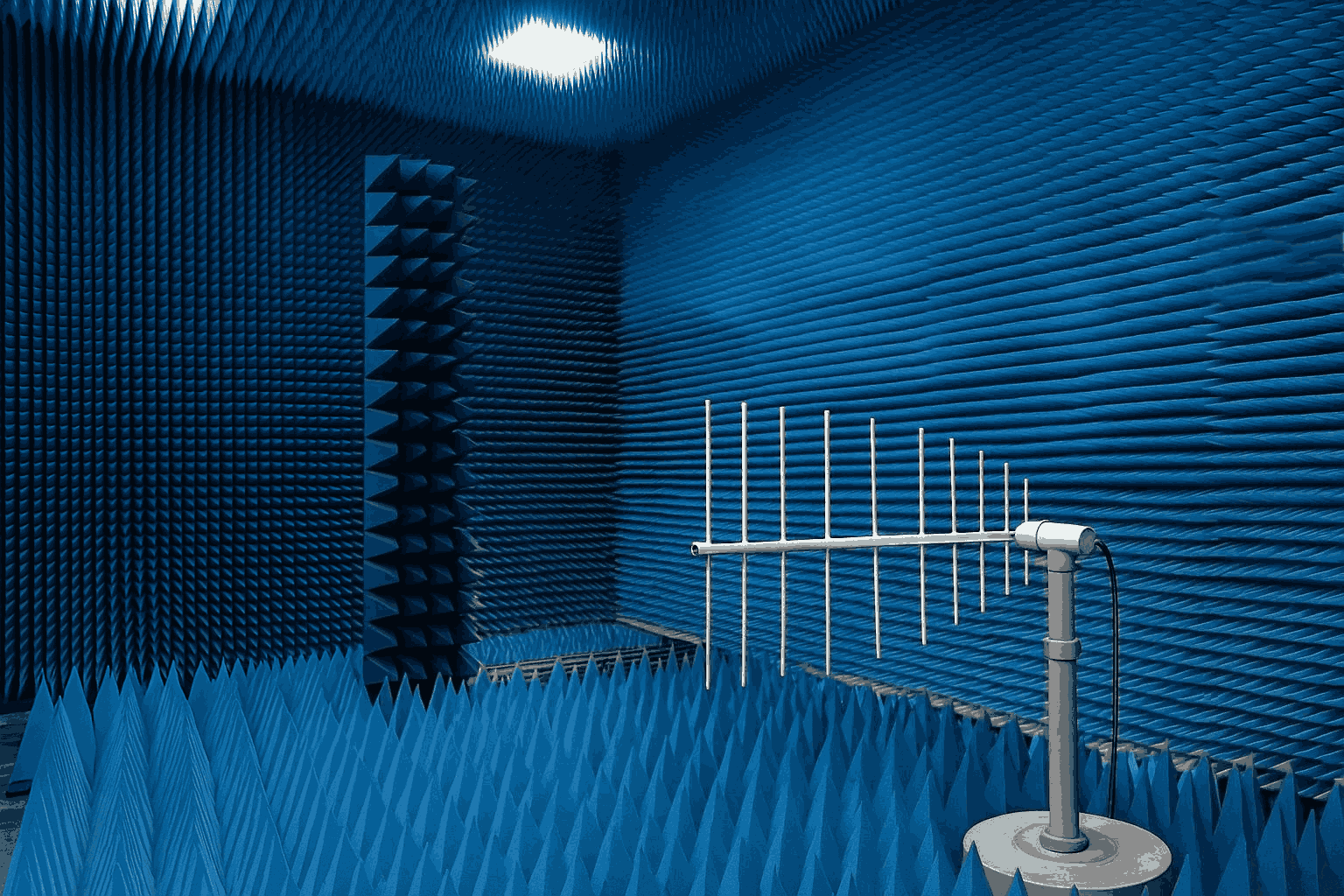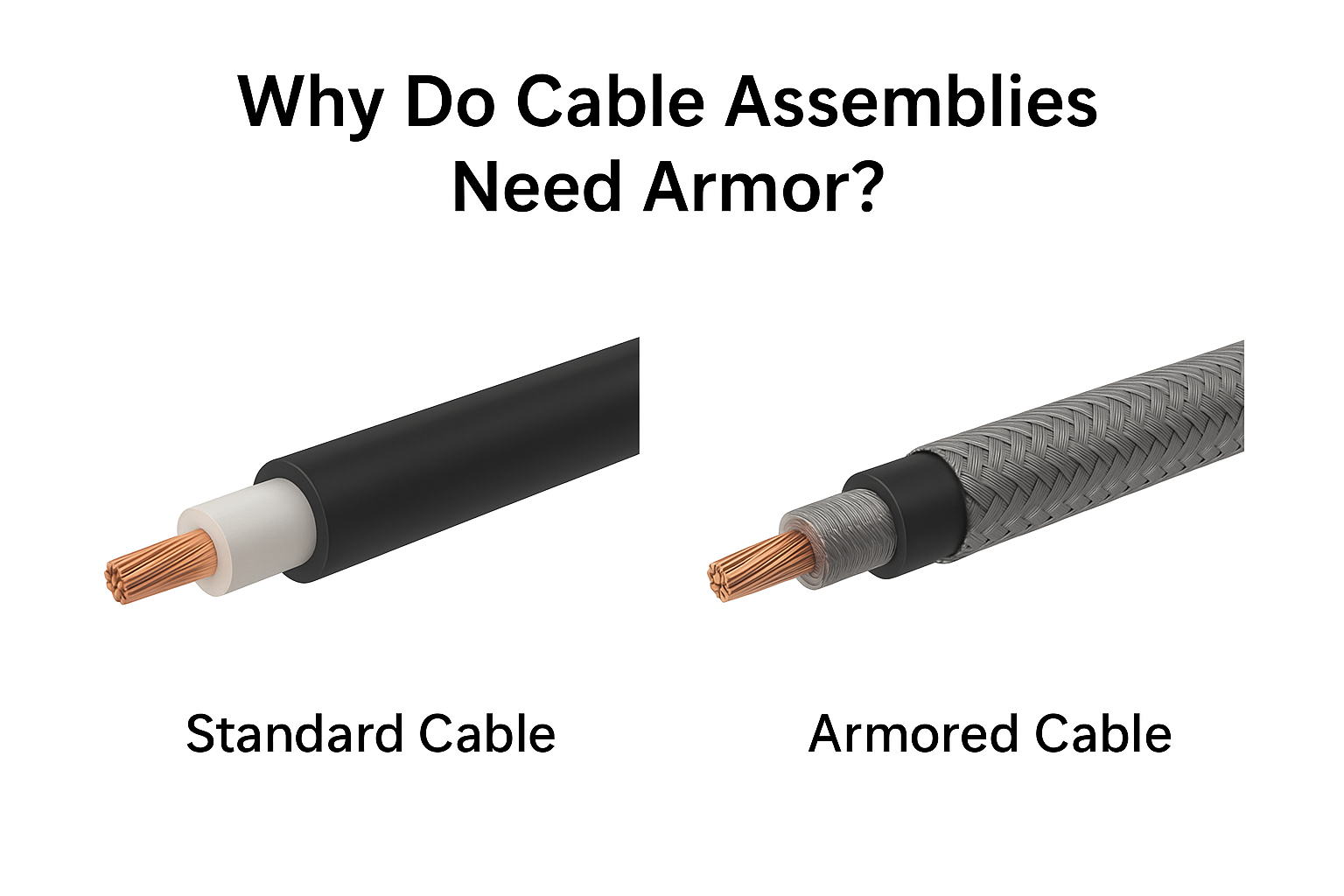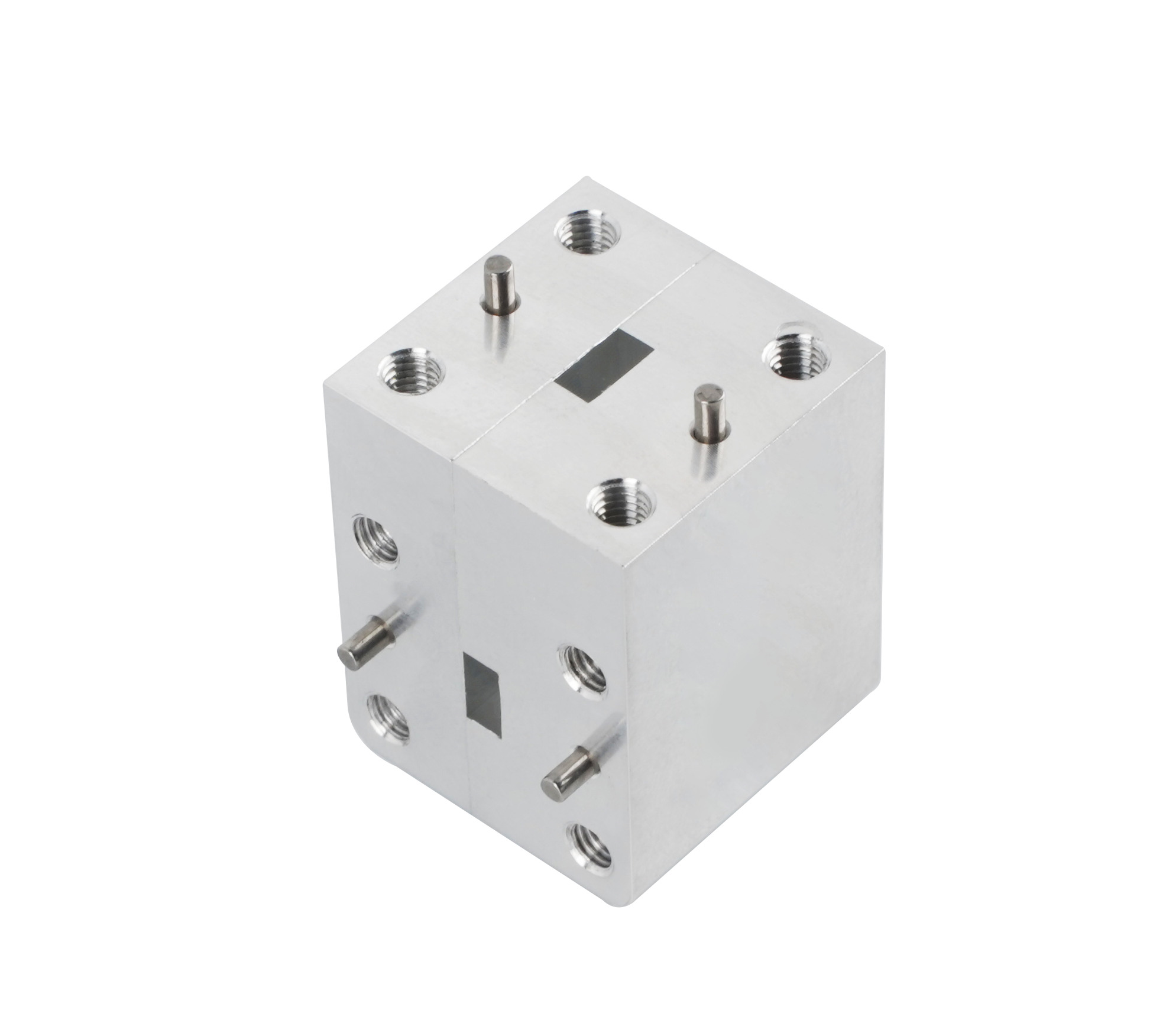How to Choose the Right Connecting Waveguide for Your Transmission Line?
When working with high-frequency systems—whether in telecommunications, aerospace, radar, EMC testing, or medical applications—the reliability of your transmission line is only as strong as its weakest connection. And too often, the weak point is the waveguide interface.
Why the Right Waveguide Matters
Selecting the wrong waveguide connector can lead to:
1. Signal Loss – Even minor mismatches in dimensions or material can introduce reflection and attenuation.
2. System Downtime – Poor mechanical fit leads to instability, vibration issues, and unexpected maintenance.
3. Increased Costs – Replacing incompatible parts or suffering degraded system performance is far more expensive than getting it right the first time.
If you’ve ever experienced these issues, you know how frustrating it is when a small component jeopardizes the performance of an entire system.
Key Factors to Consider
When choosing the right connecting waveguide, consider these points carefully:
1. Frequency Range & Bandwidth
Your waveguide must precisely match the operating frequency of your system. Using the wrong band risks severe signal degradation.
2. Flange Type & Standards
Waveguides come with multiple flange types (UG, CPR, PDR, etc.). A mismatch here leads to mechanical stress, air gaps, or even complete incompatibility.
3. Material & Finish
Aluminum, brass, copper, or specialized alloys each serve different environments. For aerospace, lightweight materials may be crucial, while for EMC testing, durability and low leakage dominate.
4. Environmental Conditions
Will your system face high temperatures, vibration, humidity, or vacuum conditions? These dictate material choice, plating, and sealing options.
5. Customization Needs
Off-the-shelf solutions don’t always fit. For unique setups, customized connectors or adapters may be the only way to guarantee performance.
The Customer’s Pain Point
Many engineers spend weeks searching catalogs, only to realize that no standard solution truly fits their application. Others discover—too late—that their connector choice is limiting bandwidth or introducing reliability risks.
This is where having a trusted partner makes all the difference.
How We Help
We specialize in designing and supplying waveguides, antennas, coaxial RF components, and transmission line solutions across DC–110 GHz. Our team works closely with clients in telecom, aerospace, radar, defense, medical, and EMC industries to recommend or customize the exact connecting waveguide that ensures long-term reliability.
Instead of adapting your system to the connector, we make the connector adapt to your system.
Let’s Solve It Together
Choosing the right connecting waveguide doesn’t need to be a guessing game. If you’re dealing with performance losses, connector mismatches, or unique environmental challenges, reach out to us—we’ll help you find (or build) the solution that fits perfectly.
Your system deserves connections as reliable as your mission. Let’s talk today.
 What Is the Purpose of a Microwave Anechoic Chamber?
What Is the Purpose of a Microwave Anechoic Chamber?
 Why Do Cable Assemblies Need Armour?
Why Do Cable Assemblies Need Armour?
 What is a Standard Gain Horn Antenna?
What is a Standard Gain Horn Antenna?
 Circulators vs. Isolators: Understanding the Relationship and Key Differences
Circulators vs. Isolators: Understanding the Relationship and Key Differences

